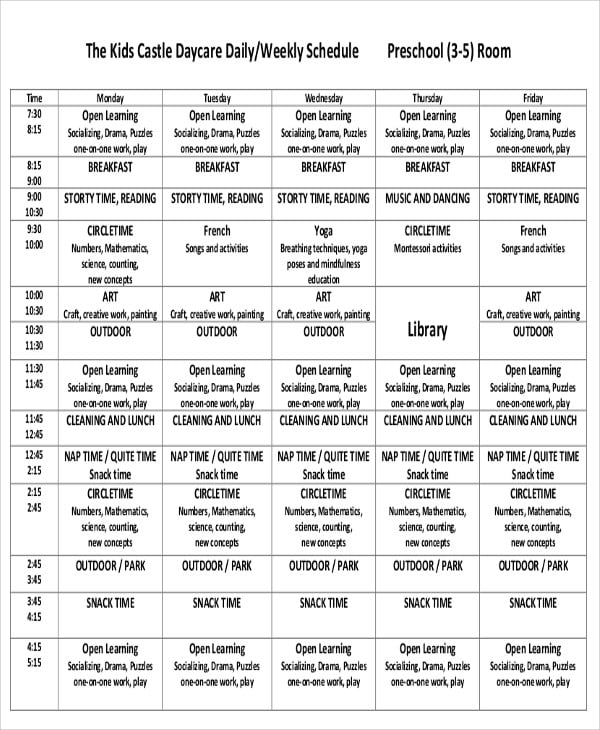

Just walking outside is a great way to get exercise for you and a great way to see the world for him! For example, on hot summer days you might take him out early in the morning when it's cooler. You might need to change the time you take him out as the weather changes. Try to add outside time with him to your schedule every day.


Use words while playing with your baby.Work in some tummy/floor time for your baby to stretch and explore simple toys and materials such as rattles, stacking cups, board books, and other items that are safe for your baby to put in his mouth.Use diapering time to talk with your baby or play simple games.On-Demand Feeding and Diapering Play and Exploration Whatever you choose, remember to stay close to your baby and use other safe-sleep practices like laying her on her back and taking soft toys or pillows out of her sleeping area.ġ1:30 a.m.–1 p.m. Take a nap, too! Take a shower, read a book, or do whatever you enjoy. While your baby naps, use the time to take care of yourself.Most infants under 12 months of age need 14 to 15 hours of sleep each day, including naps.Pause and let her talk back to you with her coos and other noises, facial expressions, and body movement. Work in some tummy/floor time for your baby to stretch and explore simple toys and materials such as rattles, stacking cups, big spoons, board books, and other items that are safe for babies to put in their mouths.Even if she doesn't get any food in her mouth on her own, it's good practice for when she's older. As your older infant is ready for solids, let her practice feeding herself with her own spoon while you feed her pureed or mashed solids from another spoon.Talking to your baby is a great way for her to learn words. Use feeding and diapering time to talk with your baby or play simple games.Caring for yourself is equally important to caring for your baby.Ĩ–10 a.m. Start your day by thinking about the things that make you feel better, such as songs, family meals, prayers, hugs, or seeing the world through your baby's eyes. Remember, your baby is growing at her own pace, so this schedule is flexible and can be changed. The following sample daily schedule can be adapted to meet your baby's individual needs. Using familiar routines based on your baby's needs can help you and your baby develop a flexible schedule. In fact, the more you respond to your baby's on-demand needs (such as feeding her when she lets you know she's hungry, holding her when she's upset, or putting her down for a nap when she shows you she is tired), the easier it is for your baby to settle into a regular schedule. Feedings and morning and afternoon naps get more regular as your baby grows and develops. Many babies are ready for a very flexible schedule at around 6 weeks of age. Families can use this sample daily schedule to plan and create a flexible and consistent routine for their baby while learning at home. Important reminders of items to bring or other informationĮvery child is special and we take pride in providing the nurturing care your baby needs to develop and transition into our toddler school. Learning activities your child participated in during the day The sheet provides specific information on child care such as: At the end of the day, you will receive a daily report with information on your child’s day at our baby daycare. Parents are able to provide useful information to the teacher in the morning. Throughout the day we check to ensure diapers are changed as needed.
#INFANT DAILY SCHEDULE FOR DAYCARE FULL#
The day is full of quality interaction with teachers as your child develops social skills, motor skills, and learns to enjoy and trust their surroundings. A typical day for babies in our infant child care centers includes time for play, story time, meals, sleep, and tummy time, as well as individual and group activities in the morning and afternoon.


 0 kommentar(er)
0 kommentar(er)
